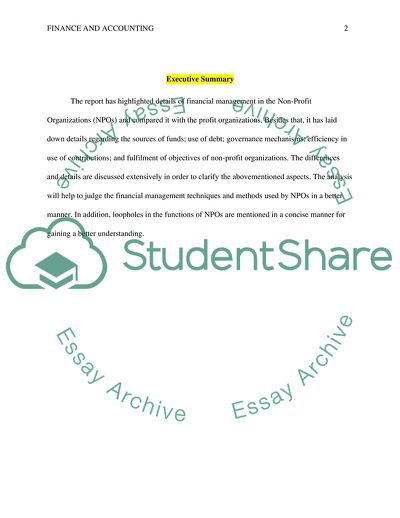Cite this document
(Financial Management in Nonprofit Organizations Essay - 8, n.d.)
Financial Management in Nonprofit Organizations Essay - 8. https://studentshare.org/finance-accounting/1817748-financial-management-in-nonprofit-organizations
Financial Management in Nonprofit Organizations Essay - 8. https://studentshare.org/finance-accounting/1817748-financial-management-in-nonprofit-organizations
(Financial Management in Nonprofit Organizations Essay - 8)
Financial Management in Nonprofit Organizations Essay - 8. https://studentshare.org/finance-accounting/1817748-financial-management-in-nonprofit-organizations.
Financial Management in Nonprofit Organizations Essay - 8. https://studentshare.org/finance-accounting/1817748-financial-management-in-nonprofit-organizations.
“Financial Management in Nonprofit Organizations Essay - 8”. https://studentshare.org/finance-accounting/1817748-financial-management-in-nonprofit-organizations.


